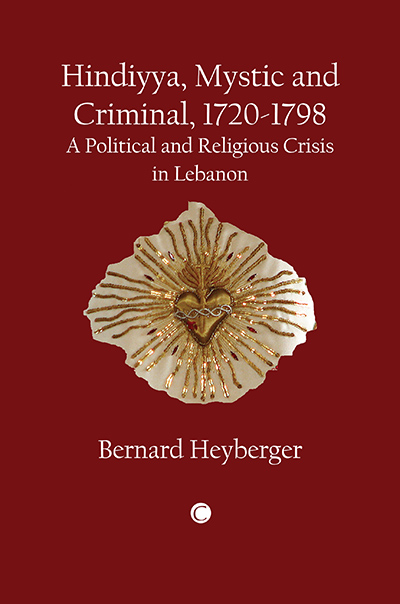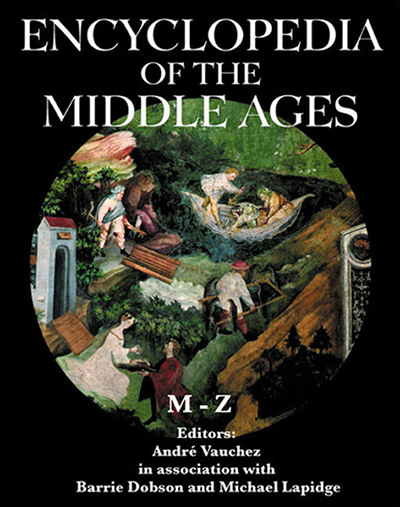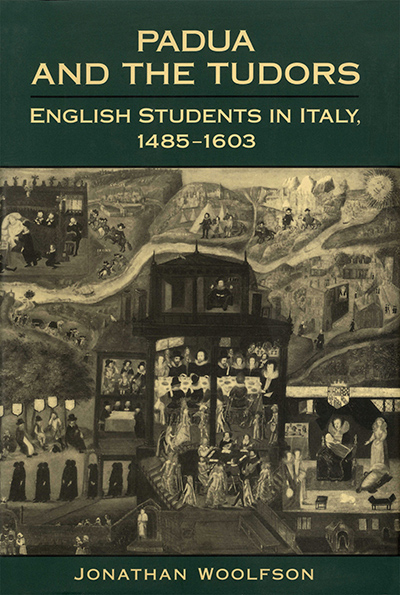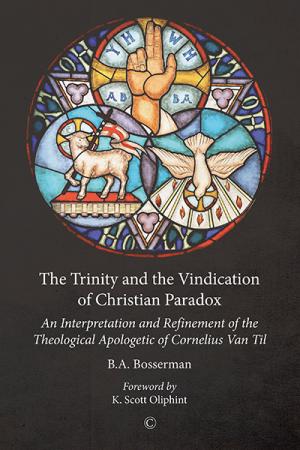Description
In this compelling narrative, Bernard Heyberger relates the fascinating history of Hindiyya ‘Ujaymi, a highly charismatic Levantine mystic of sinister repute.
Heyberger makes a careful study of Hindiyya’s life from earliest childhood, with a detailed picture of her formative years in the eighteenth-century Christian community of Aleppo, the domestic reality of which is little known, exploring the influences she would have experienced. He leads us through her spiritual development under the direction of the Jesuits, her determination to found a new religious order in Lebanon, and the tragic history of its collapse in a welter of paranoia and persecution. Heyberger also reveals the tensions and complex rivalries at play around Hindiyya between Rome, the Jesuits, and the ancient tribal alliances of the society in which she lived. He makes extensive use of a wide variety of sources, from Hindiyya’s own writings to reports from her confessors and Roman inquisitors, to shed light upon the Hindiyya affair.
Translated into English by Renee Champion, Hindiyya, Mystic and Criminal, 1720-1798 conveys the story of a woman of inflexible power of will and great charisma, who managed to move beyond the circumscribed world of her girlhood and realise what she believed to be her destiny. It will be of great interest to anyone seeking a deeper understanding of an intriguing passage of Lebanese history and to those interested in eighteenth-century Maronite Christianity and its complex interactions with the authority of Rome.
About the Author
Bernard Heyberger is a Professor at the École des Hautes Études en Sciences Sociales and the École Pratique des Hautes Études, Paris. At present he is the Director of the Institut d’Étude de l’Islam et des Sociétés du Monde Musulman at the École des Hautes Études en Sciences Sociales. He has lived in Syria, Lebanon and Italy and is the author of several publications on the social history of the Eastern Christians in the Ottoman era.
Contents
Introduction
Part One: An Aleppine Childhood (1720-1746)
1. Christians of Aleppo
2. Aleppine Women
3. Hindiyya and her Family
4. The Devout Cultural Model
5. Hindiyya and her Confessor
Part Two: Saint and Founder (1746-1753)
6. The Lebanon of the Maronites
7. Trails of Consecration
8. The Politics of Sanctity
9. The Convent and the “World”
10. Hindiyya, Mystical Author
Part Three: From Saint to Demon (1753-1777)
11. Disturbing Deviance?
12. First Alarms
13. The Hell of the Convent
14. The Tyrannical “Mystery of Union”
Part Four: The Denouement (1777-1798)
15. Hell Opens
16. Tragic Performances
17. The Hour of the Secular Arm
18. After the Tragedy: Denial
19. Epilogue: Hindiyya in Memory
Conclusion
Notes
Glossary
Sources
Bibliography
Index
Endorsements and Reviews
Hindiyya is a consummate piece of historical writing that combines biographical narrative, long-term structure analysis and good oldfashioned murder mystery. … Hindiyya breaks new ground as a study of religious deviance and mentalité in an early modern Levantine society.
Stefan Winter, in MIT Electronic Journal of Middle East Studies
It is a book that will be valuable to those wishing to understand more of the Maronite religious heritage and Lebanese religious history, and to those concerned with the psychological aberrations of claimed spiritual experience.
Geoffrey Rowell, in Church Times, 11 October 2013
It will be of great interest to anyone seeking a deeper understanding of an affair which has been long obscured by contradictory reports, or to those interested in eighteenth-century Maronite Christianity and its complex interactions with the authority of Rome.
Theological Book Review , Vol 25, No 2
… a solid work of historical research, culling the mines of the archives of the Propaganda Fide in Rome as well as the Maronite Patriach in Bkirki. The bibliography is well laid out, noting workings on local history and culture of the Maronites … as well as contemporary social and gender studies focusing upon the Western and Oriental Catholic traditions … Hindiyya, Mystic and Criminal is an extremely important resource in the area of Middle East Christianity, which reveals the complicated relationships between the Oriental Catholic Churches and Rome.
David D. Grafton, in International Journal of Middle East Studies, Vol 46 (2014)
This is a thoroughly and meticulously researched, documented, and well-written book. It is a masterpiece that employs a multidisciplinary, interdisciplinary social science and humanities contextual approach, which makes it an academic edifice, a monumental work. It is rich in historiography; it contains a range of impressive primary sources and archival material as well as a watershed spectrum of references arranged thematically. It is a living, picturesque piece of social history.
Joseph Alagha, in Bibliotheca Orientalis, Vol LXXII, No 3-4
Lebanon covers an area roughly just the size of Wales, yet its divisions – ethnics, confessional, political – often seem as infinitely complex as a fractal. Bernard Heyberger’s fascinating Hindiyya, a real-life The Name of the Rose, offers evidence that this toxic state of affairs is nothing new to Levant.
Clement Grene, in The Expository Times, Vol 127, No 6
By translating this work into English an even broader audience has gained access to this masterpiece…
Carsten Walbiner, in Ostkrichliche Studien, Vol 63, No 1





